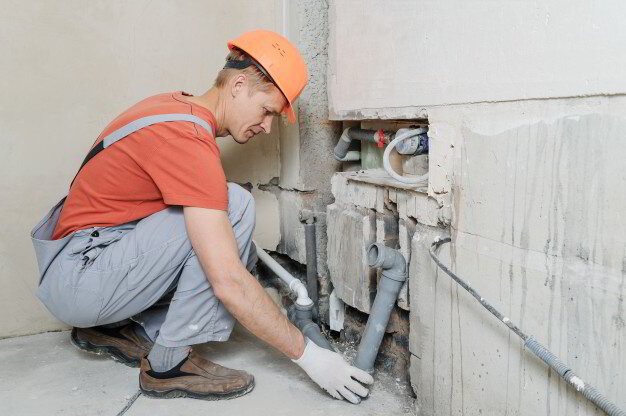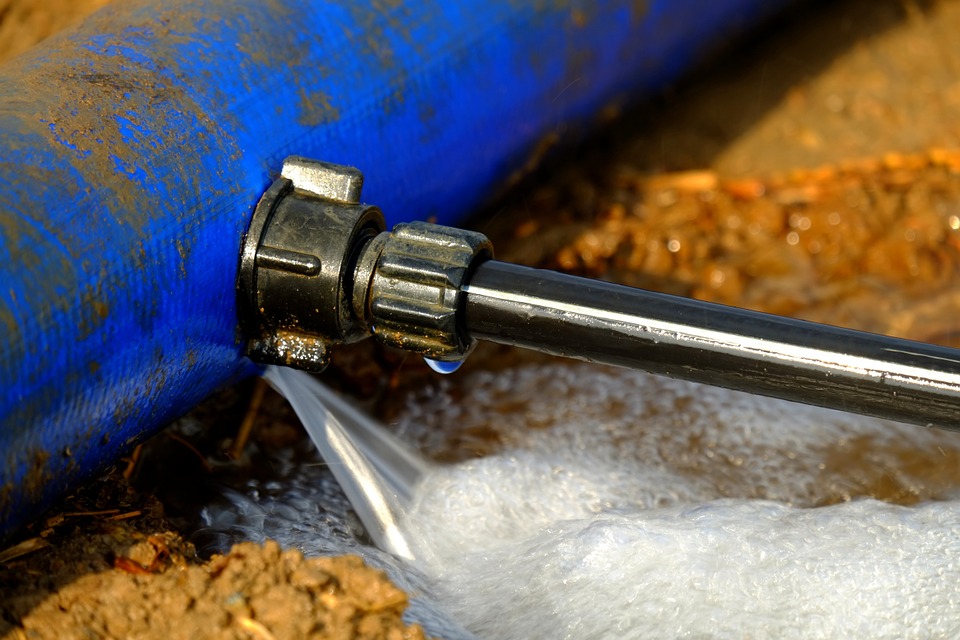Here below you can locate lots of good quality points concerning How To Repair A Broken Sewer Line.

Problems with the sewer line have been very bothering for residence owners. Combined with the unpleasant scent and also anxiety of removing the mess from leaking sewer pipelines, the cost of repair is additionally in the high side. While blocking might be easily discovered, there are some other problems like leak that are more difficult to detect as well as costly to be fixed. Sewer line pipes can experience deterioration and logging which leads them to rupture open. Allow's consider several of the reasons for sewage system line damage.
Clogged pipelines
The sewage system can not handle material that will certainly not conveniently deteriorate. Purging things Iike nylon and also paper towels away in time can bring about your sewage line being obstructed. Oil and oil can also obstruct your sewage line which is why they need to be disposed of in a container instead of down the tubes.
Split Pipings
Stress from the surroundings can trigger drain line pipes to split. Tree roots can wrap around sewer lines and also deteriorate and even fracture the pipelines bring about leak. Drain lines in older homes are extra susceptible to this sort of damage.
Corroded Pipes
Calcium as well as magnesium build up gradually can make sewage pipes wear away. If left unattended to can trigger splits and leaks in the lengthy run, the corrosion.
Exactly how to Know If Your Drain Line Needs Fixing
It is important to see out for signs that point to damage in your drain line so that they can be addressed on time. A clog anywhere aims to blocking of the sewage system lines. The appearance of mould or fractures on the wall also aims to some level of drainage or sewer line problem as well as this need to be attended to promptly.
Drain Line Repair Service or Replacement
Depending on the degree of damage your sewer line might require fixings or substitute of some parts that are not breaking down to the same level. A sewage system line examination must be performed with a drainage video camera to identify the level of the damages. For small damage, pipe lining is an exceptional repair work choice; cost-efficient as well as non-time consuming. Trenchless sewage system line fixing is also a choice. For more serious problems, the traditional technique of excavating and also excavation might be needed to change the entire sewer line. This is an intrusive technique that is both expensive and also time-consuming. To prevent drain line damage from occurring and dragging in long enough before being discovered, have sewage system line inspections performed yearly and make sure that only products that will degrade are purged down the drain. Proper use of your sewage system will extend its lifespan. Get rid of trees that are triggering damages or most likely to create damages to your sewer line from the facilities.
Let's take into consideration some of the causes of sewer line damages.
It is crucial to watch out for indications that factor to damage in your sewer line so that they can be attended to on time. Depending on the extent of damage your sewage system line may require repairs or replacement of some components that are not acting up to par. To stop drain line damages from occurring and also dragging in long sufficient prior to being spotted, have sewer line assessments conducted every year as well as make certain that just materials that will certainly degrade are purged down the drainpipe. Get rid of trees that are causing damage or most likely to cause damages to your sewer line from the facilities.
IS IT TIME TO FIX YOUR SEWER LINE?
Cascading Backups and Blockages
In the course of events for any Sterling home, it is natural to occasionally experience a backed up toilet or blocked drain. But when backups and blockages become a regular event, it may be a clear sign that your main sewer line is in urgent need of replacement or repair.
The plumbing lines that connect your toilets, sinks, washing machines and other water lines all use gravity to run downhill to a particular low spot before joining your main municipal sewage line. If you begin to notice that backups and flooding are occurring in the lowest spot in your home, this may be a clear sign that the main sewer line is the issue.
Other clear signs of a systemic failure of your sewer line are when a backup or flooding event occurs every single time you flush the toilet, run water down a sink, or use your bathtub/shower. If only one water line was the issue, then the flooding events would not become a house-wide systemic failure. It causing consistent flooding and back-ups, which is a pretty clear indicator that there is a problem with your sewer line.
Homeowners are recommended to try their best to clear any blockages or clogs from their end in an effort to rule out the need for a full repair or replacement of the main sewer line. However, once the interior pipes have all been cleaned and the problem of flooding and water backing up continues, this could indicate a serious issue to your sewer line.
Over time, a number of adverse conditions can affect the integrity of your sewer line:
Tree roots expanding and then breaking through the lining of your sewer pipes Rusting of iron pipes Displaced ground from construction events Soil shifting Misaligned pipe connections Degradation of pipes can lead to a major sewage malfunction The Nose Knows
Homeowners do not need to be licensed plumbers to realize that something may be seriously wrong with their main sewer line. If you detect the odor of sewer gas anywhere in your home or in the vicinity, this could be an indication that there is a major problem with your sewer line.
Healthy sewer lines ventilate sewer gas through special outlets on the roof while liquid sewage follows gravity’s iron mandate to move downhill so the only way sewer gas could be present inside your home is if there is a crack, leak, or hole somewhere.
What is sewer gas made up of & why is it dangerous?
While sewer gas has no legal definition, it is commonly understood to be a complex blend of both toxic and non-toxic airborne molecules that are formed from decaying household waste and bodily byproducts. The principle odor of most sewage gas comes from a mixture of sulfur dioxide and methane.
Partially due to the potentially toxic gases present and partially due to the generally unpleasant odor, anyone who detects the odor of sewer gas in their home should seek professional plumbing assistance right away. Should sewer gas be allowed to build up to substantial quantities inside the house, there is a risk of fire or explosion as decaying organic material produces several different types of highly flammable gas.
If you detect or think you have detected the odor of sewer gas anywhere inside your home, seek professional plumbing assistance with Cardinal Plumbing, Heating & Air Inc. right away.
Cracking, Settling, and Sinking
While only a professional team equipped with advanced video equipment can accurately diagnose problems within a sewer line, the average homeowner can infer problems with their sewer line by observing issues like cracks in the foundation of their house, soil settling or shifting, and the spontaneous appearance of sinkholes.
If sewer pipes are left untreated, they can then begin to leak fluids into the soil around the house, affecting the foundation and structural integrity of the building. When cracks begin to appear in the foundation slab or as the result of the home settling, shifting, or moving, the underlying cause may be a leaking and broken main sewer line.
What kind of damage can this cause?
Water always seeks the lowest point so fluids escaping from a broken sewer line will begin to pool up underneath and around the lowest part of the house. If the leak is further away from the main structure, a build-up of water can cause a surface inversion in which soil becomes emulsified and drops a few inches to several feet, commonly known as a sinkhole.
Water pooling underneath or around foundation slabs or pilings can freeze and expand during the winter, causing severe structural damage visible in the form of cracks in the walls and ceilings, as well as doors and windows becoming misaligned.
Even under certain environmental conditions that cause foundation cracks, sinkholes, and soil shifting unrelated to a sewer line malfunction, it is important to understand that a damaged sewer line can also be a contributing factor.
Anyone who observes new cracks in the walls or ceilings of their home, cracks in the foundation slab or pilings, doors and windows becoming misaligned or the spontaneous appearance of sinkholes in their yard should seek expert counsel immediately to prevent further damage from occurring to their home.
https://www.cardinalplumbingva.com/is-it-time-to-fix-your-sewer-line/

I hope you enjoyed reading our excerpt about What’s the Best Way to Repair a Damaged Sewer Line?. Thanks so much for taking a few minutes to browse our article post. For those who enjoyed reading our article plz remember to pass it around. Kudos for your time. Visit again soon.
Top-notch fix? Dial!